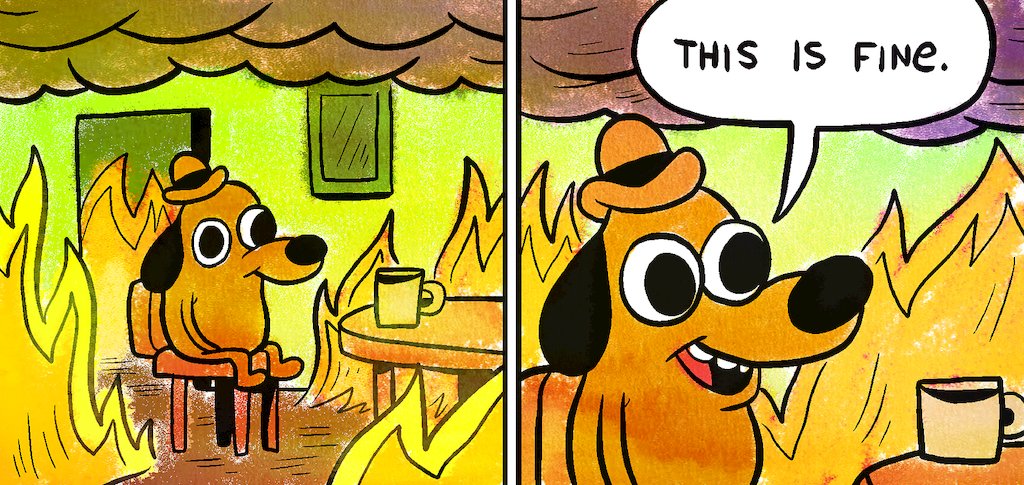

Earnings before taxes and government transfers remains a key benchmark for prosperity.
RECOMMENDED READING
Few statistics inspire more debate when discussing the American economy than income inequality.
The Manhattan Institute recently awarded its annual Hayek Prize to Sen. Phil Gramm, Robert Ekelund, and John Early for their 2022 book, The Myth of American Inequality. Watching the lecture accompanying the award, there is little to object to on the authors’ technical points. But their measure of inequality—which compares the income of the top and bottom quintiles of earners after taxes and transfers—largely ignores the declining status of the middle class and offers a poor benchmark for the health of our economy. Moreover, conservatives (rightly) reject progressive taxation and welfare as solutions to poverty and inequality. Using the effects of such policies to defend the status quo undermines the case for reforms that would lower inequality without government transfers and support greater economic vitality.
In his lecture, Sen. Gramm argues that government statistics (and those who cite them) either mismeasure or misrepresent income inequality in America. He first noticed the issue when he compared income data from the U.S. Census Bureau, showing the bottom quintile of earners made around $13,000 annually, with consumption data from the Bureau of Labor Statistics showing they spent around $26,000. The disparity, Gramm found, was due to the Census Bureau failing to discount tax liabilities and include roughly two-thirds of government transfer payments.
If one adjusts the numbers to incorporate government transfers and taxes, the ratio of earnings by the top quintile versus the bottom falls from 16.7-to-1 to 4-to-1. Similarly, the poverty rate drops from 11.5% to 2.5%, leaving mostly those too ill or addicted to apply for benefits. According to the authors’ calculations, when including taxes and transfer payments, income inequality between the top and bottom quintiles is 3% lower today than in 1947.
These points are effective arguments against President Joe Biden and the political left, who argue the rich aren’t “paying their fair share.” They are also effective in demonstrating that pre-tax and transfer income inequality is a poor metric for measuring poverty in America. But while the tax and welfare regime of the last 60 years has remained progressive on the upper class, and expanded the purchasing power of the lower class, the middle quintile—or “working class” —has seen its relative income and wealth stagnate and decline.
As Sen. Gramm points out, there is little difference in income today among the lower three income quintiles after taxes and transfers. This is consistent with the findings of American Compass’s “Family Affordability Survey,” which showed similar levels of concern among parents in the $40,000–$60,000 income band about affording health insurance, a home, a car, nutritious food, or college tuition as those in the $0-$20,000 and $20,000–$40,000 income bands.
The key difference is that the middle quintile largely earns its income through work, while the bottom quintile largely does not. While Sen. Gramm clearly agrees this is a problem, the thrust of his argument can be used to elide this distinction. The left often defaults to purchasing power or consumption as a measure of well-being, while the right emphasizes earnings, recognizing the dignity and purpose of work as key components of that measure. While inequality of the first variety (purchasing power) may be of minor concern today, the inequality of the latter and more important variety (earned income) is at historic highs and should still be of primary concern.
American Compass’s “Guide to Economic Inequality” shows that earned household income for the top quintile has risen three to four times faster than for the middle quintile over the past 40 years. Since 1979, the top quintile has grown its share of the nation’s overall income by 9% while the middle quintile’s share has decreased by the 3%; the largest drop of any quintile. If the average middle quintile income had kept pace with the top quintile over the past 50 years, it would be $17,000 higher today. A middle-quintile household would have earned, in total, an additional $337,000 since 1990.
Income disparities also have enormous effects on household savings. Households earning $50,000–$70,000 per year (before taxes and transfers) save roughly $1,300 per year. Those earning $150,000–$200,000 save over $35,000—around 27 times more. This has resulted in even larger disparities in gains to household net worth over the last thirty years. The net worth of the median household has grown by only $12,000 since 1989, compared to $121,000 for the bottom half of the top quintile. Leaving out increases in home value, which are harder to cash in on, these gains fall to only $4,200 for the median household but remain at $110,627 for the top quintile. The wealth of the top half of the top quintile is about five times higher still. When one considers increases in consumer debt over the past thirty years, the median household actually lost wealth on net, even with improved home values, while the top 80th–99th percentiles still netted nearly $475,000.
A survey by American Compass last year found only 40% of American workers hold “secure” jobs that pay at least $40,000 per year with health insurance, paid time off, and consistent hours. The number drops to 30% for Americans without a bachelor’s degree, who still comprise over 60% of the population. This is what one would expect in an economy where the bottom three income quintiles make the same amount of money regardless of work.
Another analysis by American Compass found that it now takes the typical male worker 62 weeks of income to afford the same basket of goods it took only 40 weeks to afford in 1985. While the goods in that basket have improved over the last 40 years—and Sen. Gramm is right that our expectations increase with each generation—when the jobs available to the middle class no longer allow them to afford that basket and meet those expectations, family formation and stability decline.
Republican voters have noticed these trends. According to the survey mentioned above, 90% of GOP voters find: “middle-class life has gotten more expensive and wages have not kept up, so it has gotten harder.” Only 10% said: “America keeps getting richer and the government keeps providing more generous support, so it is easier than ever for a family to achieve middle-class security.”
Moreover, broader economic indicators are still flashing red. Our budget has consistently failed to balance taxes, transfers, and other spending, leaving our next generation with a debt of nearly $35 trillion and growing liabilities. Our net foreign investment position is nearly $20 trillion in the red. Our prime-age male labor force participation rate is still 8.5 points lower today than in 1960, with the percentage of prime-age adults in the bottom quintile of earners dropping from 67% to 36% after 1967. Deaths of despair remain at record highs and fertility rates at record lows. These broader trends echo the erosion of wealth and vigor of America’s middle class, and are characteristic of an economic policy regime that is unhealthy and unsustainable. As Sen. Gramm himself put it, our tax and transfer system has “eliminated want at the cost of vitalness.”
Additional broad and indiscriminate government redistribution through taxes and transfers is not an effective solution to these problems. But if the ratio of income inequality before government intervention is nearly 17-to-1, it is going to require larger changes to our economic policy than simply cutting taxes and reforming welfare to reach an earned income ratio that is compatible with a republican government centered on middle-class families.
Measuring inequality under today’s broken policies undermines the case for considering more conservative solutions to improve jobs and opportunities available to Americans in lower-income quintiles and for replacing our engineered equality with true economic thriving.
Recommended Reading
The Rich Get Richer, Middle Class Shrinks, and Conservatives Must Act
American Compass research director Wells King discusses the state of economic inequality in the United States and how conservatives should respond.
A Guide to Economic Inequality
American inequality is higher now than at any time since WWII. The gap is wide and getting wider. Read what the data show and why it matters.
Statistical Gnosticism on the Right
Some right-of-center analysts have absolute conviction that basic statistics describing some of America’s challenges are obviously wrong











